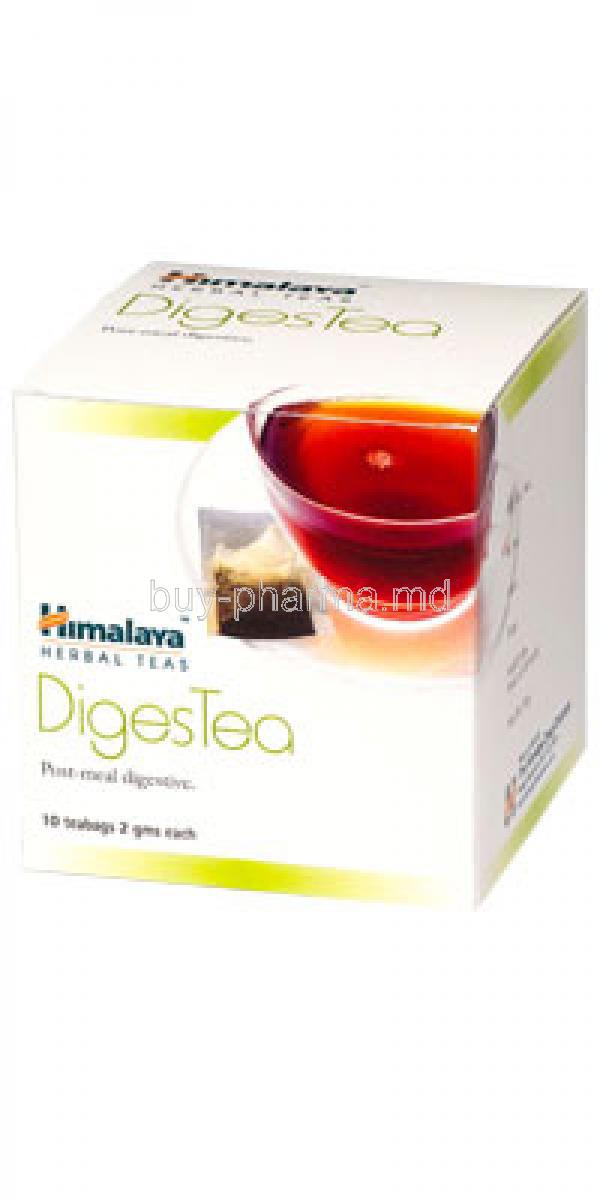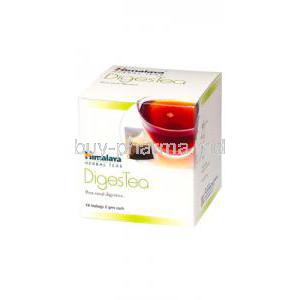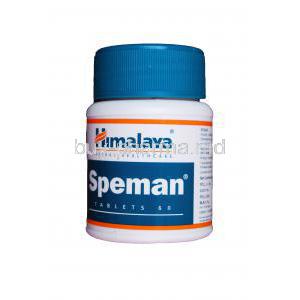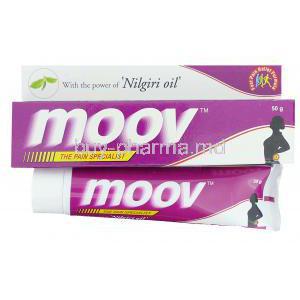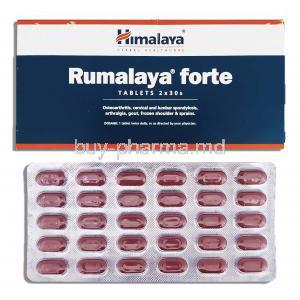Himalaya DigesTea
- 1. Introduction to Himalaya DigesTea
- 2. Therapeutic Uses and Off-Label Applications of Himalaya DigesTea
- 3. How Himalaya DigesTea Works in the Body
- 4. Detailed Ingredient Composition of Himalaya DigesTea
- 5. Recommended Dosage and Administration Guidelines
- 6. Common and Rare Side Effects of Himalaya DigesTea
- 7. Drug, Food, and Supplement Interactions
- 8. Warnings and Contraindications for Use
- 9. Guidelines for Careful Administration and Monitoring
- 10. Important Precautions Before and During Use
- 11. Storage and Shelf Life of Himalaya DigesTea
- 12. Administration in Special Populations
- 13. Overdose Symptoms and Emergency Measures
- 14. Safe Handling Practices and Disposal
1. Introduction to Himalaya DigesTea
Herbal digestive teas have garnered immense popularity among wellness-conscious consumers, driven by a shift toward plant-based remedies and holistic health practices. These functional beverages offer natural support for common gastrointestinal issues without the reliance on synthetic compounds.
Himalaya DigesTea emerges as a leader in this category, combining time-tested Ayurvedic knowledge with modern formulation science. Developed by the Himalaya Wellness brand, this tea is crafted to deliver comprehensive digestive relief using botanicals known for their therapeutic effects.
Rooted in centuries of traditional medicine, the formulation incorporates herbs with carminative, antispasmodic, and anti-inflammatory properties. It is intended not only to soothe acute digestive disturbances but also to promote long-term gastrointestinal well-being.
Key benefits include:
- Relief from indigestion and flatulence
- Enhancement of natural digestive enzyme function
- Reduction in post-meal discomfort and bloating
2. Therapeutic Uses and Off-Label Applications of Himalaya DigesTea
2.1 Primary Uses for Digestive Health
Himalaya DigesTea is primarily indicated for:
- Reducing symptoms of indigestion, including fullness, heaviness, and discomfort
- Alleviating bloating and intestinal gas
- Enhancing digestive capacity by stimulating enzyme release and bile flow
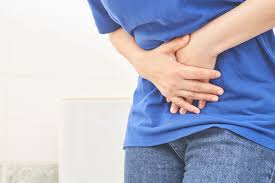
2.2 Off-Label and Supportive Uses
In addition to its core benefits, users have employed the tea for various supplementary roles, including:
- Mild nausea or motion-induced queasiness
- Soothing stomach irritation following large or spicy meals
- Integrating it into detox or cleansing routines for digestive reset
- Occasional relief of heartburn and acid reflux when consumed post-meal

3. How Himalaya DigesTea Works in the Body
The blend operates through a multi-pronged mechanism of action, leveraging the unique properties of each herb:
- Ginger: Stimulates gastric motility and accelerates stomach emptying
- Fennel: Relaxes intestinal muscles and reduces gas formation
- Licorice: Coats and soothes the stomach lining while reducing inflammation
This combination enhances bile secretion, activates digestive enzymes, and helps regulate peristaltic motion. Together, the herbs exhibit a synergistic effect that balances the gut environment and promotes efficient nutrient assimilation.
4. Detailed Ingredient Composition of Himalaya DigesTea
Each sachet contains a precise blend of Ayurvedic herbs, chosen for their complementary digestive actions:
- Ginger (Zingiber officinale): Anti-nausea, carminative, thermogenic stimulant
- Fennel (Foeniculum vulgare): Antispasmodic and gas-relieving properties
- Licorice (Glycyrrhiza glabra): Gastroprotective and anti-inflammatory actions
- Cardamom: Helps with indigestion and bad breath
- Black Pepper and Clove: Stimulate enzyme secretion and combat microbial growth
Natural flavoring agents are used for palatability, and the tea contains no artificial preservatives or sweeteners.
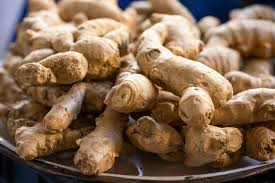

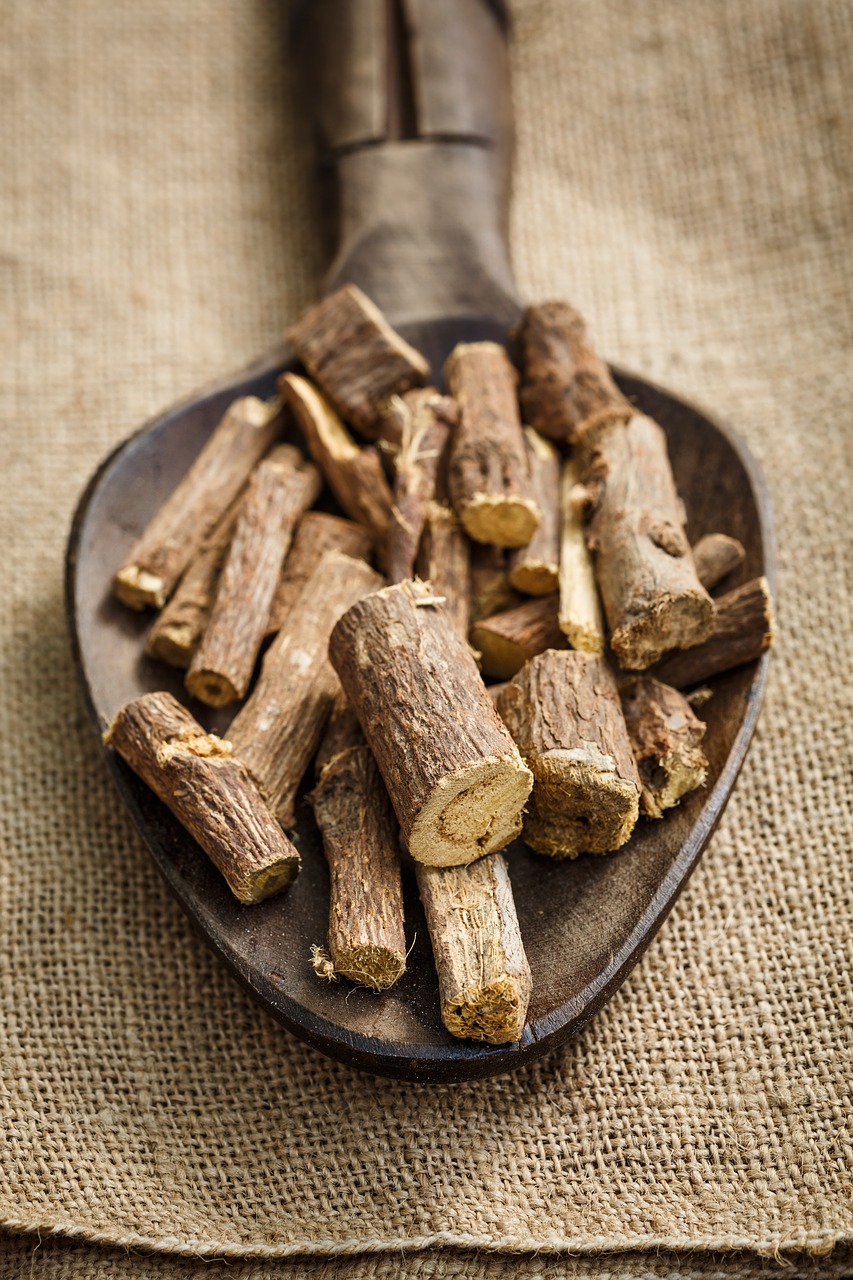
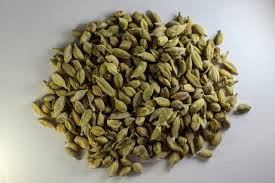
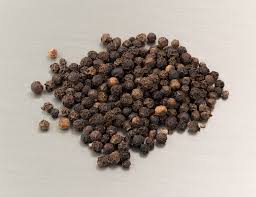
5. Recommended Dosage and Administration Guidelines
5.1 General Dosage Instructions
For routine use, it is advised to consume one to two cups daily, ideally:
- After meals to support digestion
- As needed for relief from bloating or mild nausea
Regular use for a few weeks may provide cumulative benefits, especially in those with chronic indigestion or sluggish digestion.
5.2 Preparation Instructions
- Steep one tea bag in 200 ml of hot water for 4-5 minutes
- Consume warm for best effect
- Optional additions: lemon juice, honey, or a pinch of rock salt for taste and added benefits
6. Common and Rare Side Effects of Himalaya DigesTea
6.1 Frequently Reported Side Effects
The product is generally well-tolerated, but some users may experience:
- Mild stomach discomfort when consumed on an empty stomach
- Changes in taste or a lingering aftertaste
- Sedative effects when taken in excess, due to calming herbs
6.2 Rare or Unusual Reactions
Uncommon adverse effects may include:
- Allergic skin reactions such as itching or hives
- Worsening of acid reflux in individuals with high gastric sensitivity
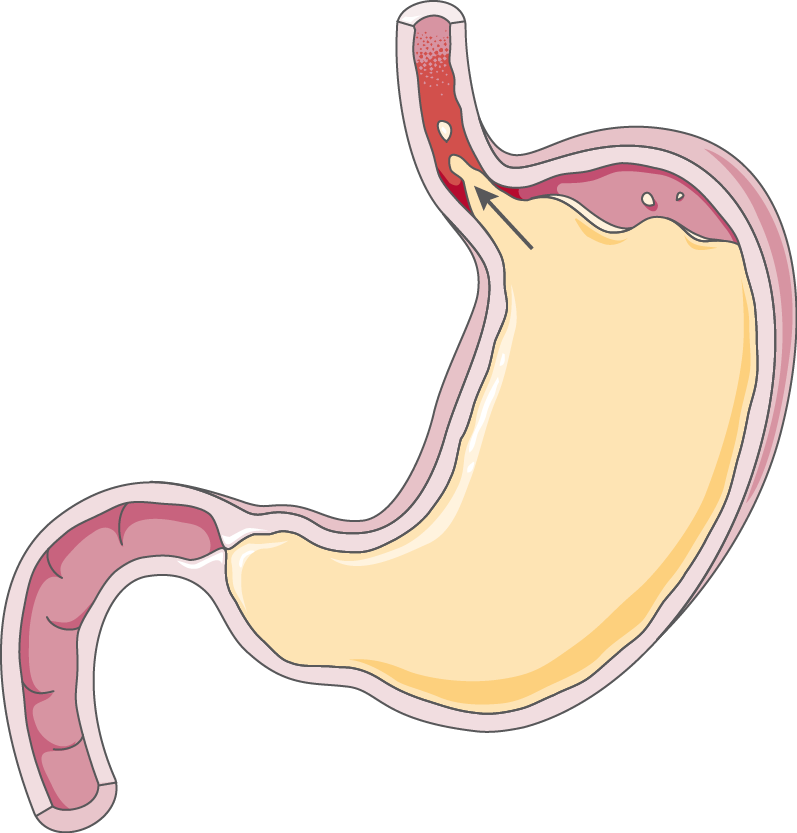
7. Drug, Food, and Supplement Interactions
- May reduce the efficacy of antacids or proton pump inhibitors when taken simultaneously
- Potential interaction with anticoagulants due to ginger and clove content
- Caution with digestive enzyme supplements monitor for overstimulation
- Avoid concurrent intake with alcohol or excessive caffeine to prevent gastric irritation
8. Warnings and Contraindications for Use
Himalaya DigesTea should be used with caution or avoided under the following conditions:
- Gastric ulcers: Some herbs may increase acid secretion
- Severe GERD: Could potentially exacerbate reflux symptoms
- Known allergies: Especially to ginger, fennel, or licorice
- Heart disease: Licorice in large amounts can affect blood pressure or potassium levels
Always consult a healthcare provider before initiating use if preexisting conditions are present.

9. Guidelines for Careful Administration and Monitoring
When introducing Himalaya DigesTea into a wellness regimen, it is prudent to begin with a conservative approach, especially in individuals with known sensitivities. Start with half a serving or one tea bag diluted in additional water to assess initial tolerance.
- Observe for signs of gastrointestinal discomfort such as cramping, loose stools, or reflux.
- Monitor for allergic manifestations, including rash, itching, or swelling around the mouth.
Regular users should pay attention to changes in bowel movement patterns and ensure adequate fluid intake. Herbal teas, though mild, may influence gut motility and fluid balance. Maintaining optimal hydration supports their intended benefits while preventing potential dehydration or constipation from occurring.
10. Important Precautions Before and During Use
Due to its digestive-stimulating properties, Himalaya DigesTea should not be consumed during prolonged fasting or extremely low-calorie diets, as it may intensify gastric acid secretion, leading to discomfort or nausea.
- This product is not designed to replace clinically prescribed digestive medications or enzyme therapies.
- Users should avoid relying on it as a sole treatment for chronic digestive disorders.
To maximize benefits and prevent unwanted effects, drink plenty of water throughout the day, especially when consuming herbal teas as part of a detox or digestion-focused routine.
11. Storage and Shelf Life of Himalaya DigesTea
To preserve the therapeutic efficacy of Himalaya DigesTea, proper storage is essential:
- Keep in a cool, dry place, preferably below 25°C (77°F)
- Protect from direct sunlight, humidity, and strong odors that could compromise the aroma and active constituents
Each box is typically stamped with a manufacturing date and best-before period. While the tea remains safe to consume within its stated shelf life, signs of spoilage include:
- Discoloration of the tea bag contents
- Musty or stale odor
- Visible clumping or mold due to moisture exposure
12. Administration in Special Populations
12.1 Use in Elderly Individuals
The aging digestive system is often more delicate. Seniors may exhibit heightened sensitivity to herbs that stimulate bile or gastric secretion. Begin with less frequent administration, perhaps every other day and gradually titrate upward if well-tolerated.
- Monitor for altered digestion, especially if coexisting conditions such as GERD or diverticulosis are present
- Consult with a healthcare provider before use in those on polypharmacy regimens
12.2 Use in Pregnant Women and Nursing Mothers
While many herbal components in Himalaya DigesTea are generally regarded as safe, pregnancy demands heightened caution. Certain ingredients, particularly licorice root, may exert hormonal effects or impact fluid retention.
- Use only under the guidance of a qualified obstetrician or herbalist familiar with prenatal safety profiles
- Monitor for uterine sensitivity or changes in fetal movement if used during late gestation
In lactating mothers, minimal use may be permissible, provided the infant shows no adverse reaction such as colic or diarrhea.

12.3 Use in Children
Use in pediatric populations should be cautious and limited to children above the age of 6, unless directed by a pediatrician. Dosage should be significantly diluted, ideally half the standard concentration per serving.
- Monitor for taste aversion or gastrointestinal symptoms such as abdominal cramps
- Never exceed one serving per day in young children
13. Overdose Symptoms and Emergency Measures
Excessive consumption of Himalaya DigesTea may lead to undesirable symptoms, including:
- Stomach cramping or spasms
- Diarrhea or loose stools
- Nausea or transient dizziness
In rare cases, large quantities of certain herbs such as licorice may influence electrolyte levels, particularly potassium, or elevate blood pressure.
Recommended actions:
- Discontinue use immediately upon the appearance of symptoms
- Hydrate with plain water to restore fluid balance
- Seek medical attention if symptoms persist beyond 12 hours or worsen
14. Safe Handling Practices and Disposal
To maintain product integrity, handle tea bags with clean, dry hands. Avoid opening or damaging sachets before use, as premature exposure to air and moisture can degrade potency.
- Store in original packaging or an airtight container once opened
- Keep away from strong-smelling substances to prevent absorption of odors
Discard expired or improperly stored tea bags in household waste, ensuring they are kept out of reach of pets and children. If possible, dispose of packaging responsibly through recyclable waste channels, especially for cardboard boxes and paper-based wrappings.
Himalaya DigesTea FAQ
- What is Himalaya DigesTea?
- What are the key ingredients in Himalaya DigesTea and how do they aid digestion?
- Does Himalaya DigesTea contain caffeine?
- How should Himalaya DigesTea be consumed for best results?
- Can Himalaya DigesTea help with bloating and gas?
- Are there any potential side effects of drinking Himalaya DigesTea?
What is Himalaya DigesTea?
Himalaya DigesTea contains ingredients known to support digestion and alleviate digestive issues.
What are the key ingredients in Himalaya DigesTea and how do they aid digestion?
Typical elements usually comprise ginger (recognized for aiding digestion and alleviating nausea), pippali ( pepper that has been conventionally utilized to boost function), and amalaki (Indian gooseberry that promotes digestive well-being and possesses antioxidant qualities).
Does Himalaya DigesTea contain caffeine?
No
How should Himalaya DigesTea be consumed for best results?
After you finish your meals, drink a cup of Himalaya DigesTea to help with the digestion process.
Can Himalaya DigesTea help with bloating and gas?
Traditionally, ginger and fennel are commonly used ingredients to alleviate bloating and gas by aiding in the expulsion of gas from the system, thanks to their properties.
Are there any potential side effects of drinking Himalaya DigesTea?
No

